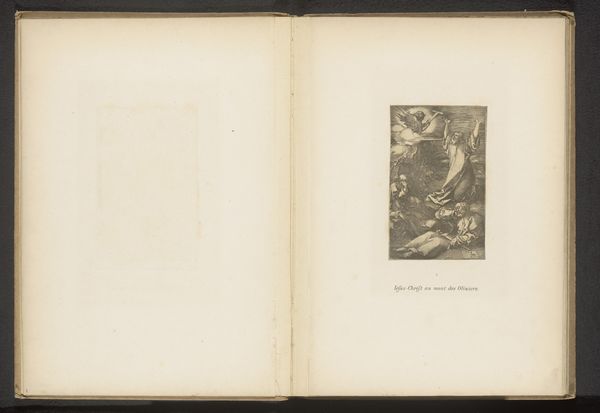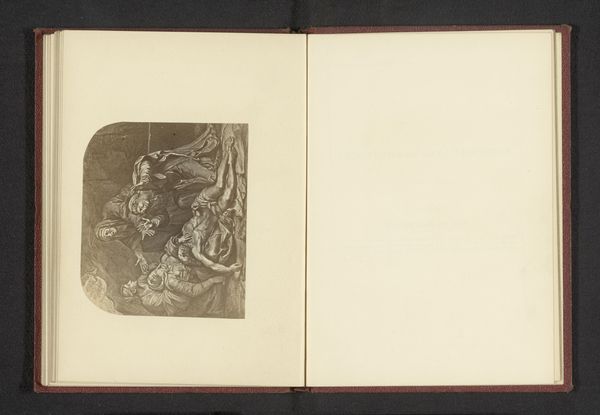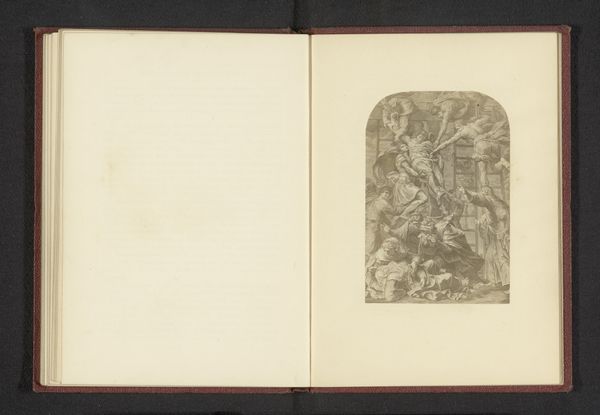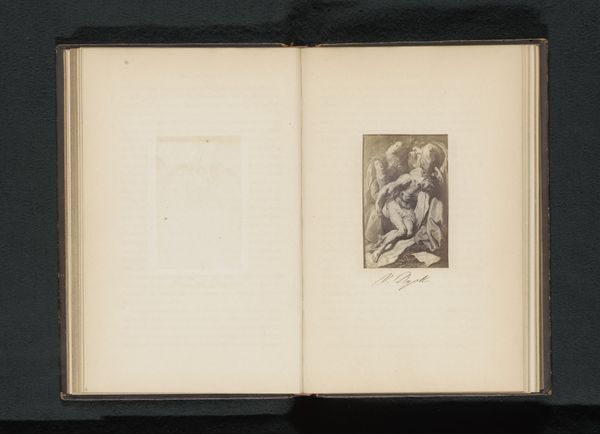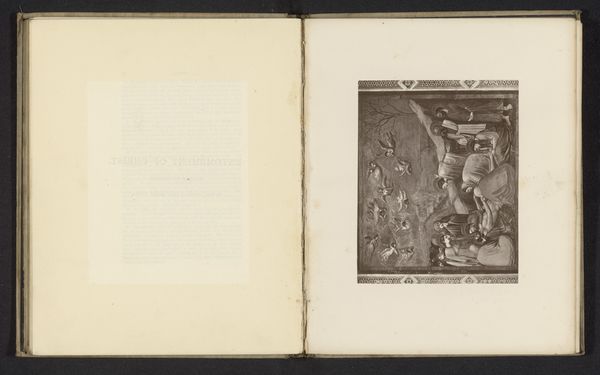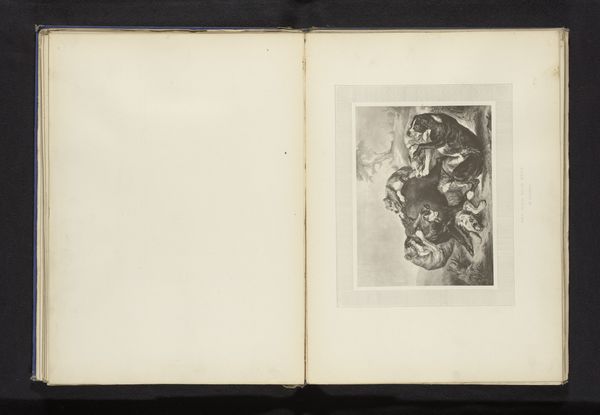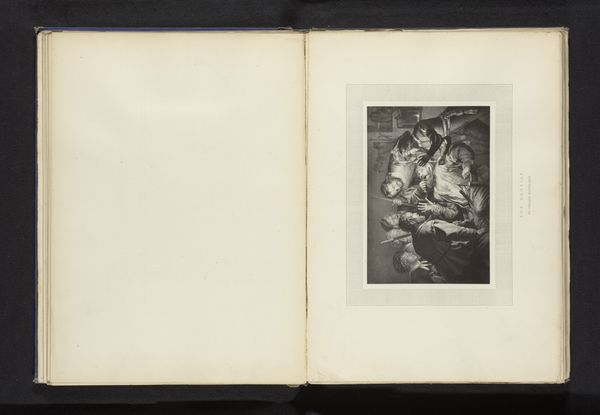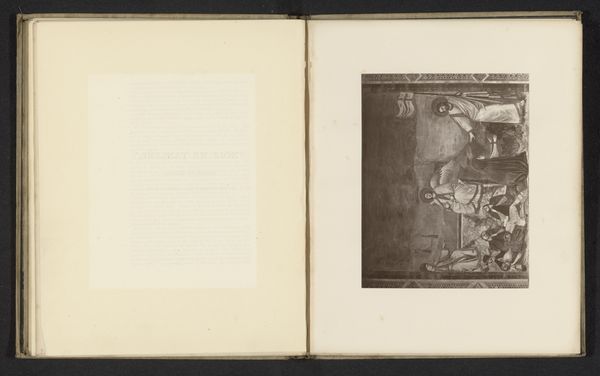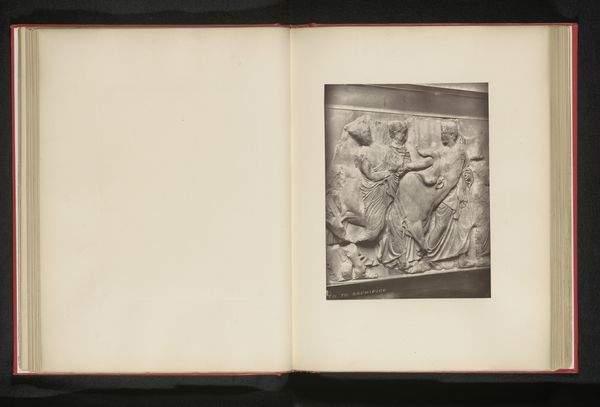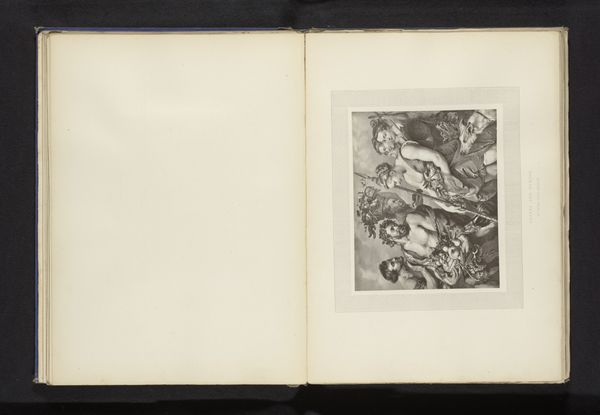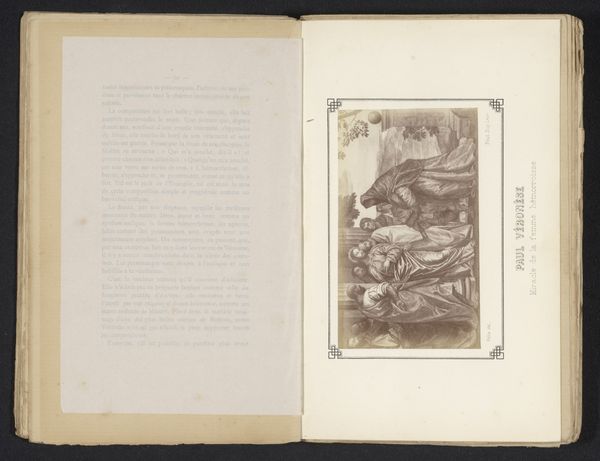
carving, print, relief, sculpture
#
carving
# print
#
greek-and-roman-art
#
relief
#
figuration
#
sculpture
#
history-painting
Dimensions: height 142 mm, width 200 mm
Copyright: Rijks Museum: Open Domain
This is Stephen Thompson’s rendering of a chariot scene from the Parthenon frieze. While Thompson’s date of birth is not known, the image speaks to the ways in which classical sculpture has been captured and reproduced for a wider audience. The Parthenon frieze, originally part of the temple of Athena in Athens, has become a symbol of classical ideals. Thompson's recreation raises important questions about authenticity, reproduction, and access to cultural heritage. Carved between 447 and 432 BC, the frieze itself represents a pivotal moment in ancient Greek art and its aesthetic values. Thompson’s image captures the movement and dynamism of the chariot scene, where the viewer is invited to contemplate the relationship between power and representation, and how classical forms continue to influence contemporary artistic practices. Consider how this modern interpretation impacts our understanding of ancient art, echoing through time, and how it invites conversations about cultural heritage.
Comments
No comments
Be the first to comment and join the conversation on the ultimate creative platform.
